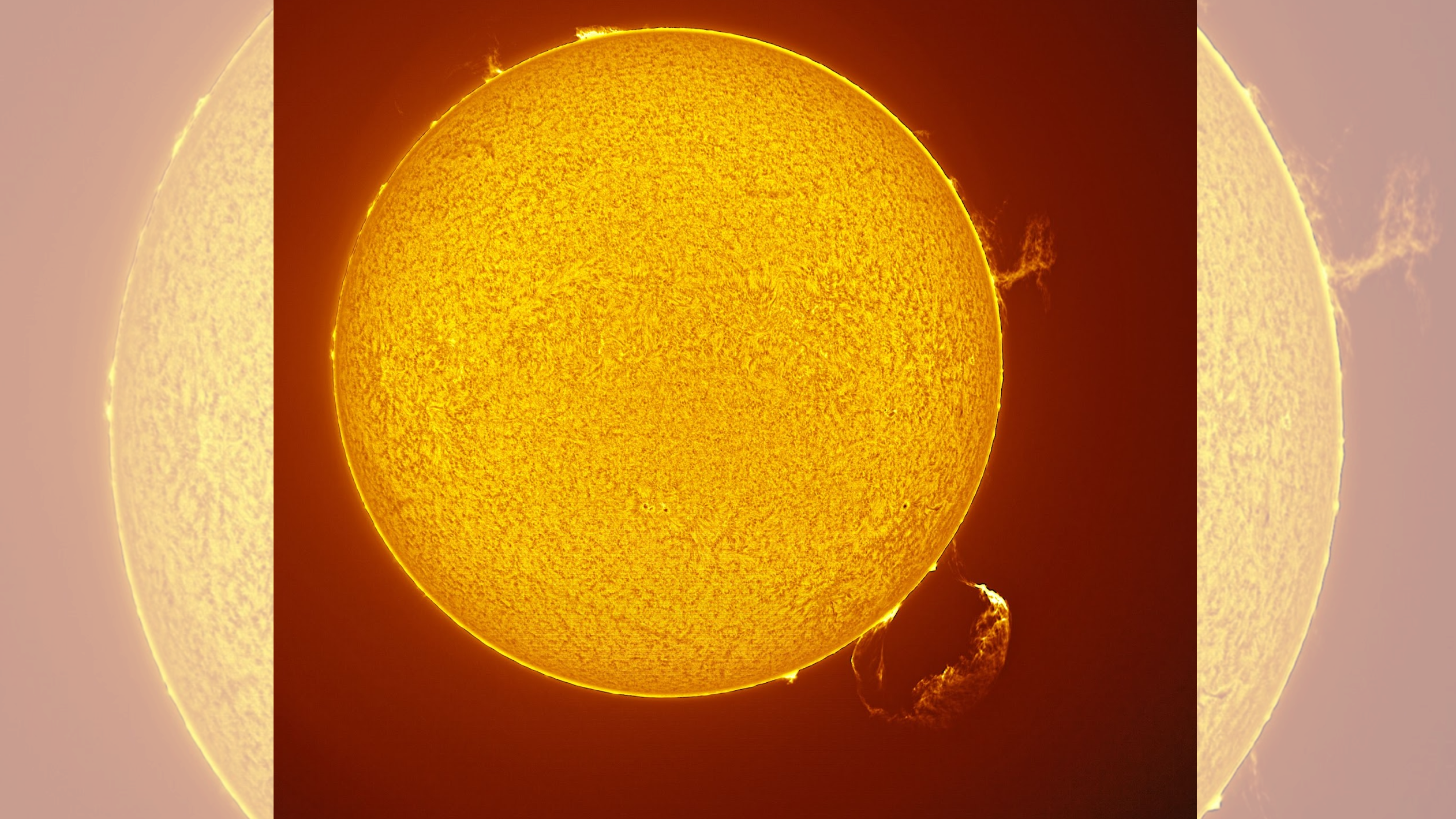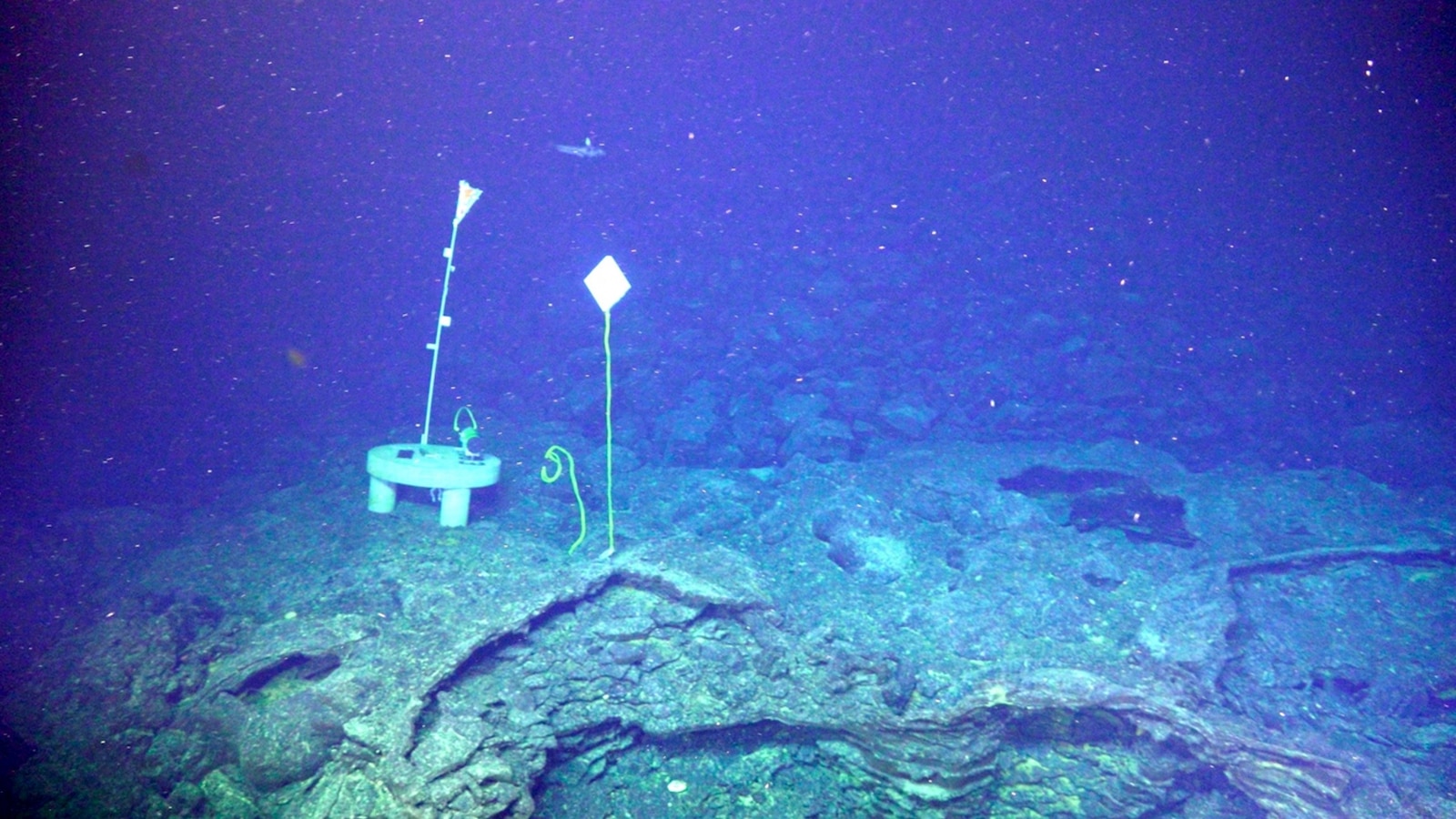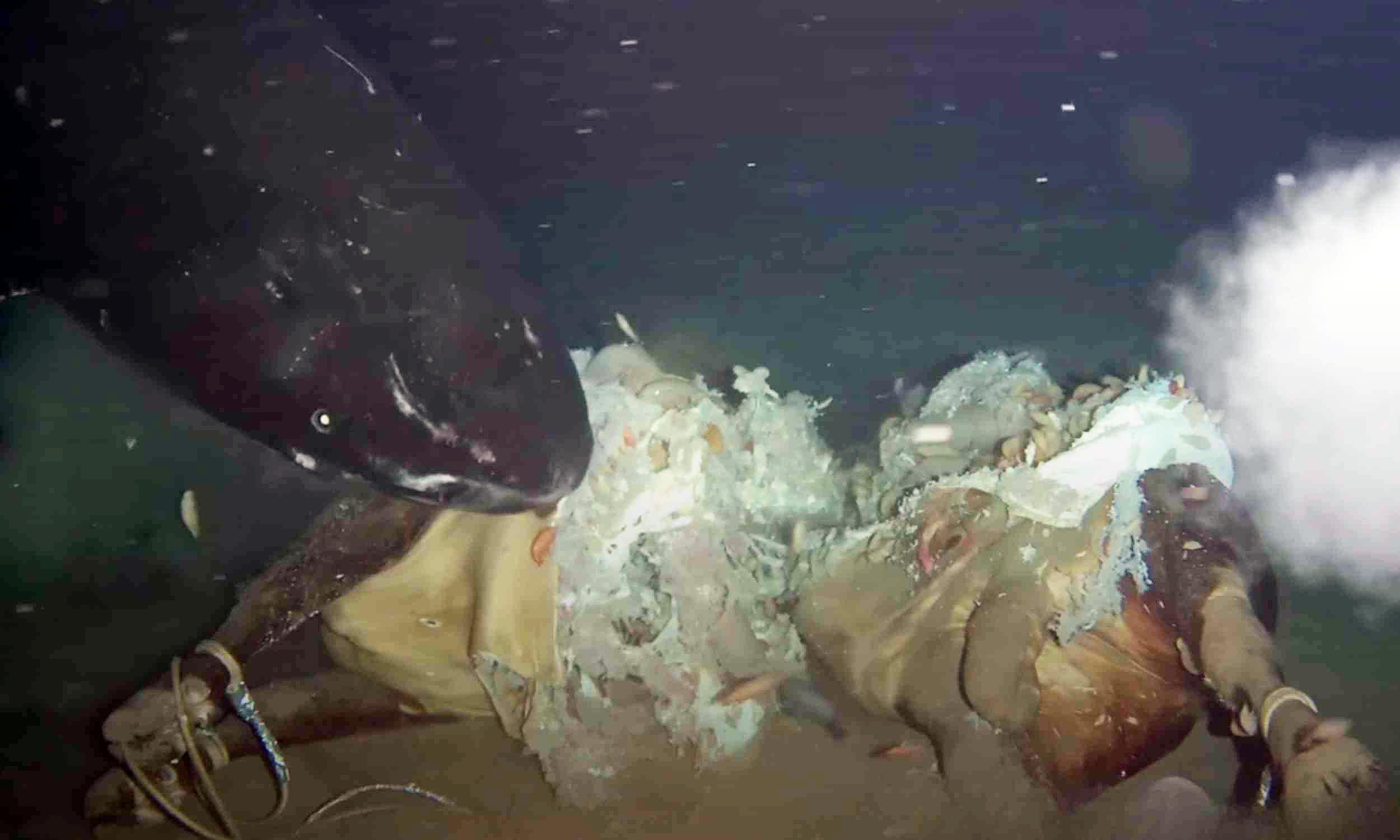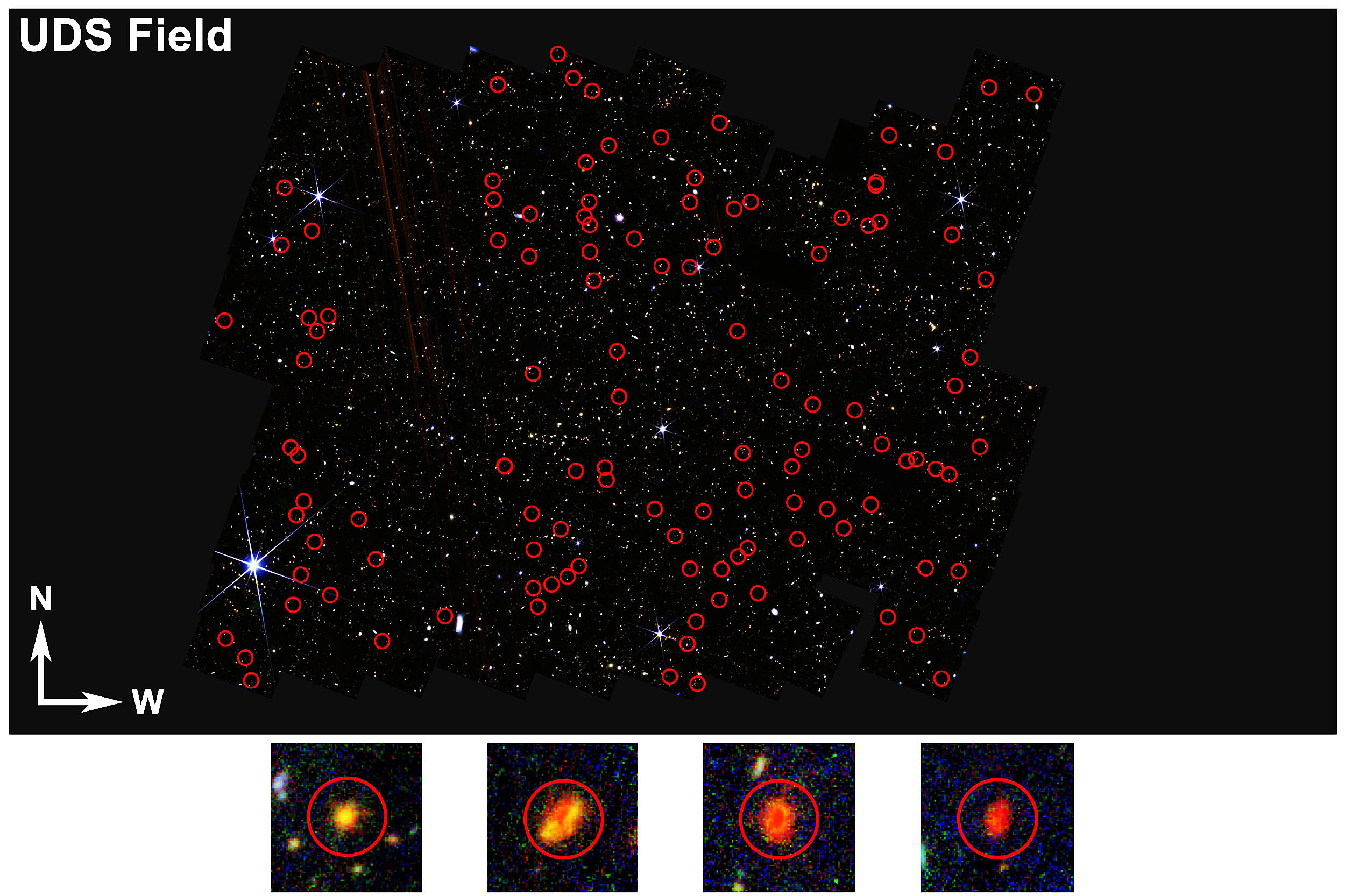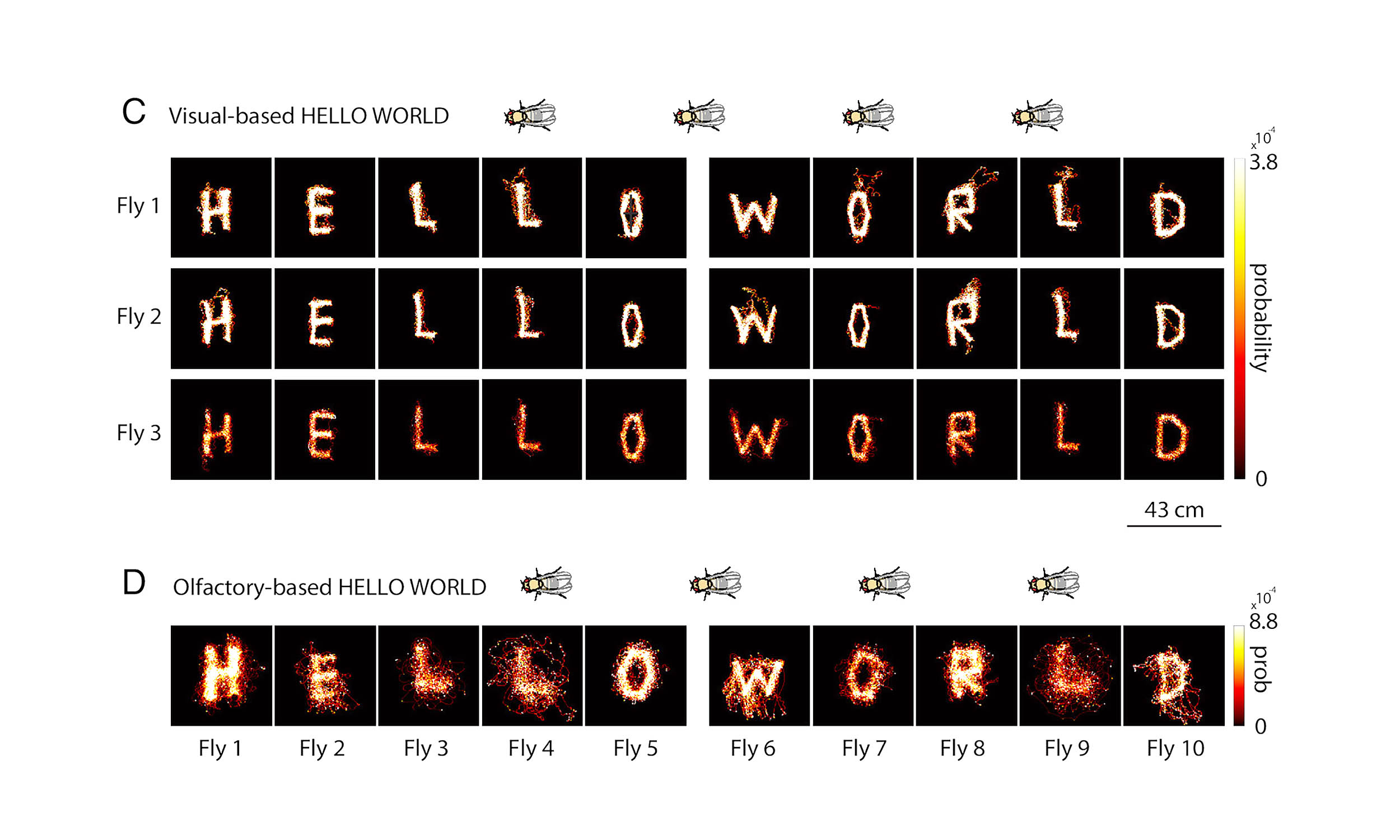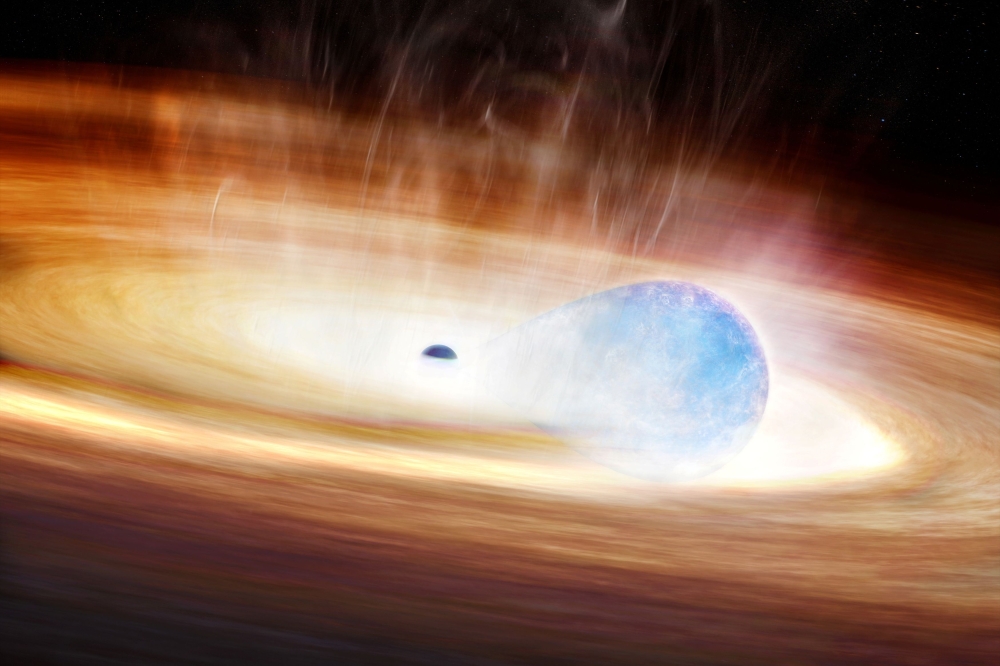Are We Being Watched? The Interstellar Object That Could Be an Alien Invitation!

What if a mysterious object speeding through our solar system is not just a comet, but a potential message from an extraterrestrial civilization? This tantalizing question has captured the attention of scientists and stargazers alike as evidence mounts that the interstellar object known as 3I/ATLAS may be more than it seems.
Harvard astronomer and alien enthusiast Avi Loeb has stirred the pot by suggesting that this object, first spotted by astronomers earlier this year, could have been deliberately sent our way. Now, before you dismiss it as science fiction, let’s delve deeper into the intriguing details surrounding this cosmic traveler.
Initially, Loeb acknowledged in a blog post that 3I/ATLAS is probably just “a completely natural interstellar object, probably a comet.” But a curious letter he penned to the journal Astronomy & Astrophysics has reignited the debate, making him question whether our understanding of this object is too simplistic.
At the core of this enigma is the object's tail—or rather, the lack of one. Typically, comets are known for their glowing trails of gas and dust, but 3I/ATLAS has exhibited unusual behavior. According to a paper authored by an international team of astronomers, this object shows increasing dust activity and reddening colors, yet no visible tail has been detected. Scientists speculate that this might be due to its viewing angle or low dust production.
The astronomical community is being urged to keep a close eye on this peculiar object, as it could provide vital insights into the nature of interstellar materials and their evolution under solar radiation. Loeb concurs, stating that the more data we gather, the harder it becomes to dismiss the anomalies surrounding 3I/ATLAS as mere coincidences.
“We’re accustomed to finding icy rocks with the characteristic cometary tails in our solar system,” Loeb noted. “But confronting objects from interstellar space feels like a blind date on a cosmic scale.” To him, it's premature to categorically declare that 3I/ATLAS is simply a comet. With a storied history of contemplating extraterrestrial civilizations—especially after his previous work on the interstellar object 'Oumuamua—he remains open to the possibility of this object being something extraordinary.
In a follow-up blog post, Loeb highlighted that initial images taken by NASA's Hubble Space Telescope revealed a nucleus surrounded by a substantial dust cloud, as well as diffuse emissions ahead of its motion toward the Sun, rather than the typical trailing tail expected from a regular comet.
The trajectory of 3I/ATLAS has also piqued Loeb's interest. He notes that its path, which brings it unusually close to planets like Jupiter, Mars, and Venus, is statistically improbable. To contextualize this fascinating observation, he calculates its diameter at approximately 12.4 miles, suggesting that encounters with objects of this size are exceptionally rare—happening only once every 10,000 years.
To articulate his stance on the possibility of an extraterrestrial origin, Loeb has developed what he calls the “Loeb Scale.” This scale assesses the likelihood of an object being alien technology, ranging from one (likely natural) to ten (confirmed technology of extraterrestrial origins). Currently, Loeb rates 3I/ATLAS at a 6, indicating an interesting middle ground that keeps the door open to further exploration.
Loeb also emphasizes that the scientific community should remain open to the idea of first encounters, regardless of how outlandish it may seem. He argues that the scientific method thrives on curiosity and the pursuit of the unknown, suggesting that it’s against the spirit of science to ignore these questions until conclusive data is available.
As our understanding of 3I/ATLAS continues to evolve, one thing is certain: the cosmos holds secrets that may soon be unveiled, challenging our perceptions of life beyond Earth.










